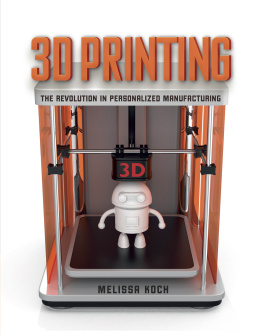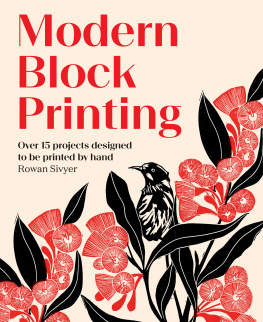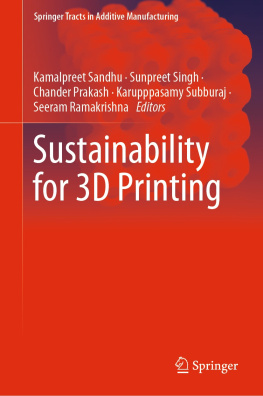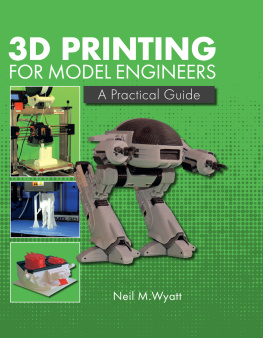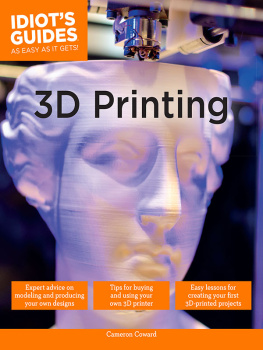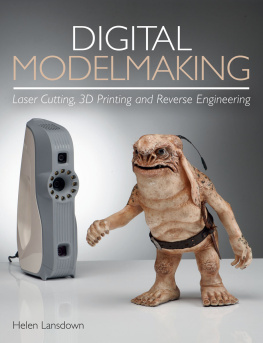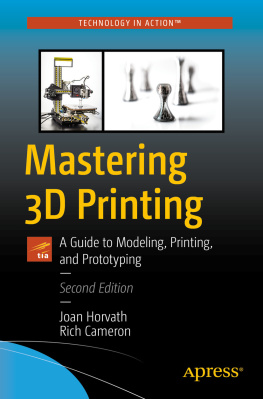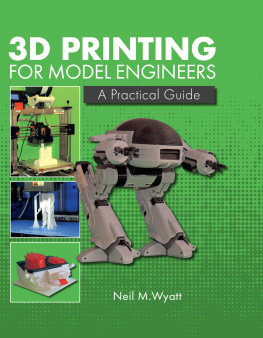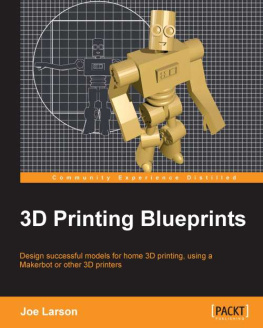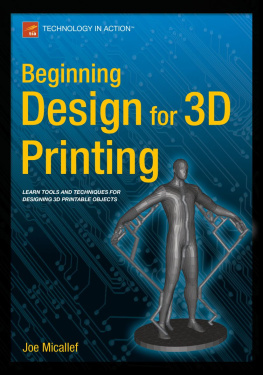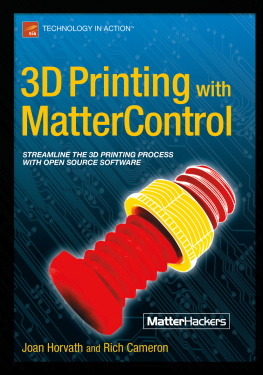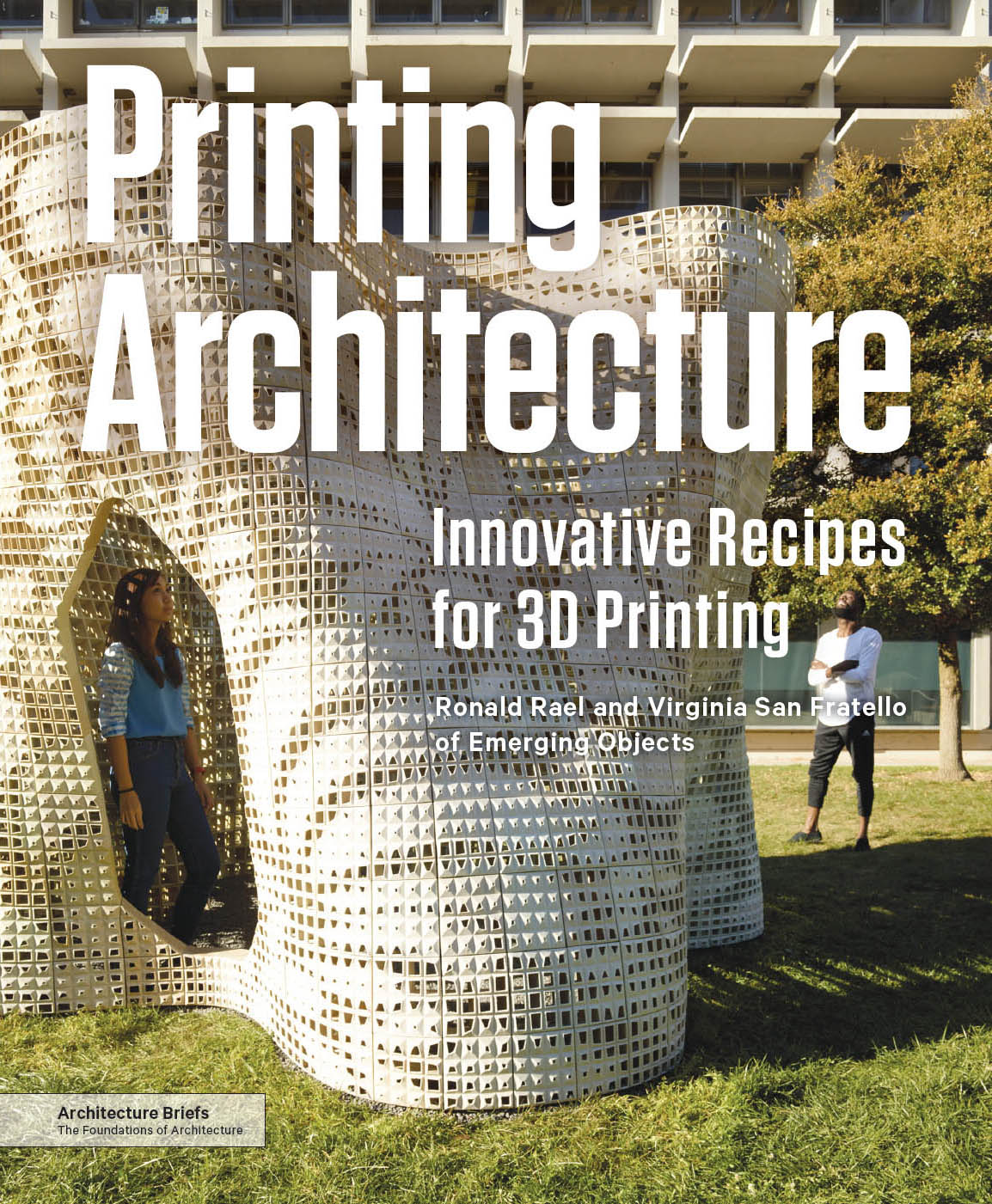Ronald Rael - Printing Architecture: Innovative Recipes for 3D Printing
Here you can read online Ronald Rael - Printing Architecture: Innovative Recipes for 3D Printing full text of the book (entire story) in english for free. Download pdf and epub, get meaning, cover and reviews about this ebook. year: 2018, publisher: Princeton Architectural Press, genre: Home and family. Description of the work, (preface) as well as reviews are available. Best literature library LitArk.com created for fans of good reading and offers a wide selection of genres:
Romance novel
Science fiction
Adventure
Detective
Science
History
Home and family
Prose
Art
Politics
Computer
Non-fiction
Religion
Business
Children
Humor
Choose a favorite category and find really read worthwhile books. Enjoy immersion in the world of imagination, feel the emotions of the characters or learn something new for yourself, make an fascinating discovery.

- Book:Printing Architecture: Innovative Recipes for 3D Printing
- Author:
- Publisher:Princeton Architectural Press
- Genre:
- Year:2018
- Rating:3 / 5
- Favourites:Add to favourites
- Your mark:
Printing Architecture: Innovative Recipes for 3D Printing: summary, description and annotation
We offer to read an annotation, description, summary or preface (depends on what the author of the book "Printing Architecture: Innovative Recipes for 3D Printing" wrote himself). If you haven't found the necessary information about the book — write in the comments, we will try to find it.
Although 3D printing promises a revolution in many industries, primarily industrial manufacturing, nowhere are the possibilities greater than in the field of product design and modular architecture. Ronald Rael and Virginia San Fratello, of the cutting-edge San Francisco-based design firm Emerging Objects, have developed remarkable techniques for printing from a wide variety of powders, including sawdust, clay, cement, rubber, concrete, salt, and even coffee grounds, opening an entire realm of material, phenomenological, and ecological possibilities to designers. In addition to case studies and illustrations of their own work, Rael and San Fratello offer guidance for sourcing alternative materials, specific recipes for mixing compounds, and step-by-step instructions for conducting bench tests and setting parameters for material testing, to help readers to understand the process of developing powder-based materials and their unique qualities.
Ronald Rael: author's other books
Who wrote Printing Architecture: Innovative Recipes for 3D Printing? Find out the surname, the name of the author of the book and a list of all author's works by series.

